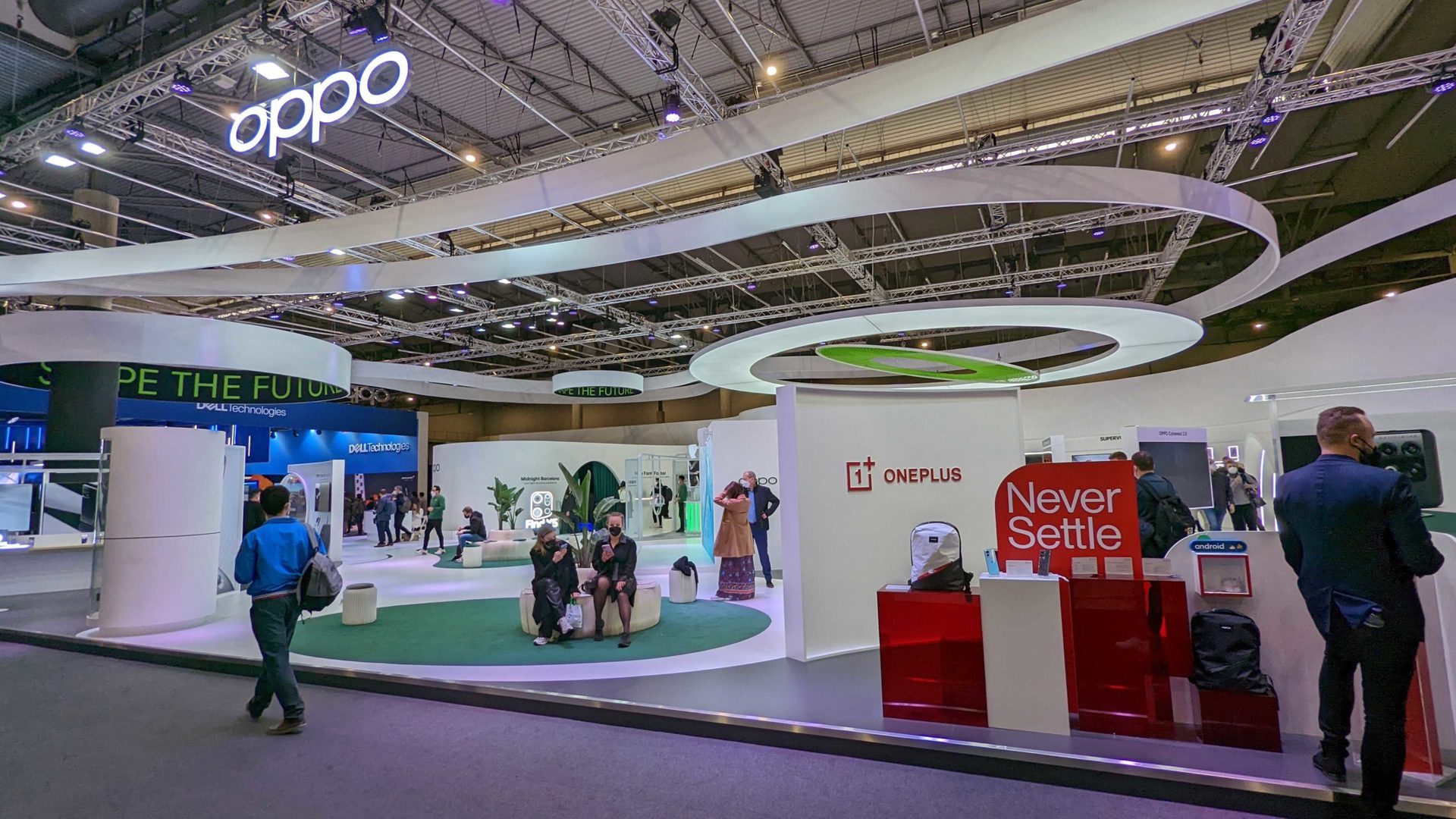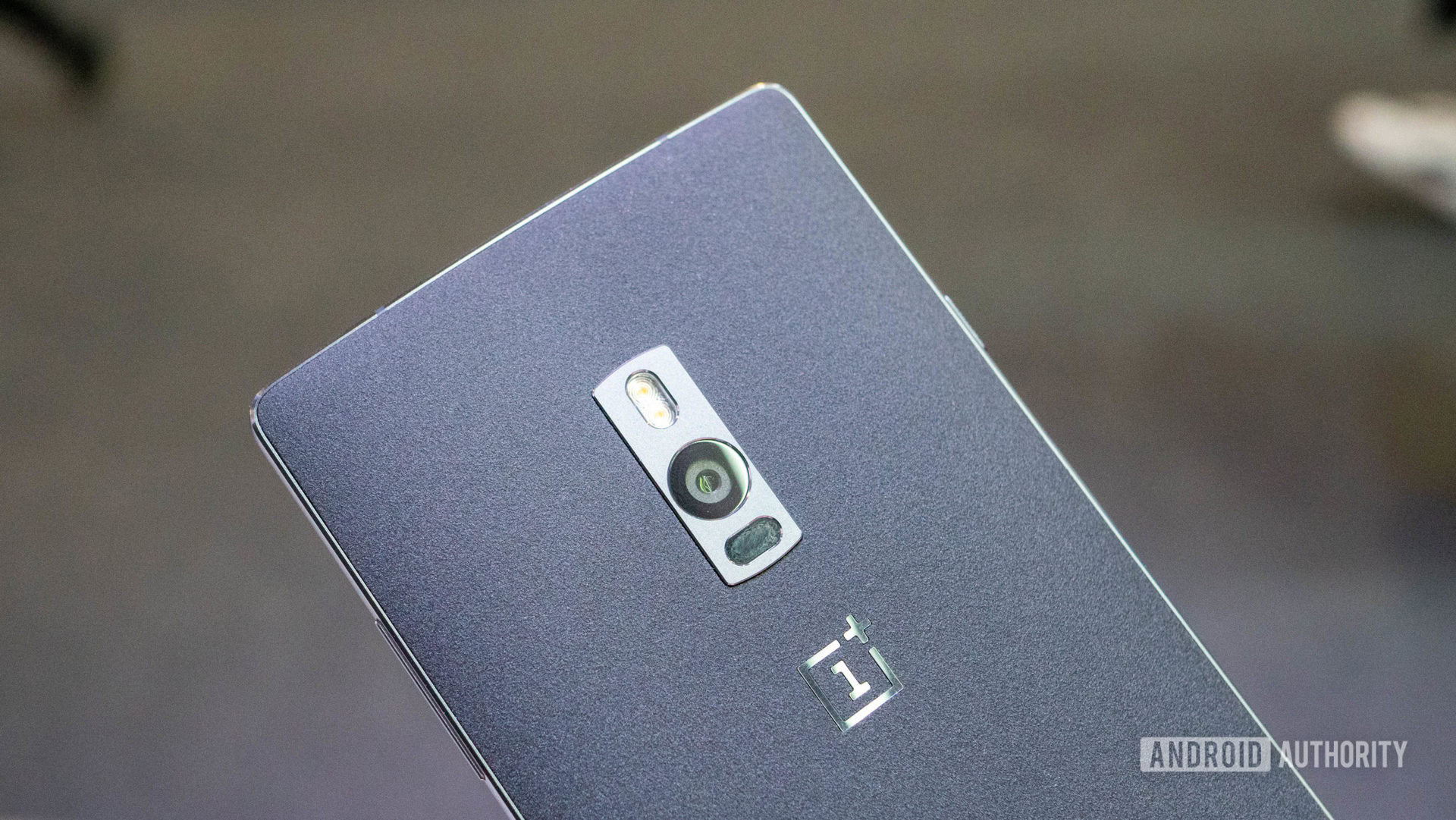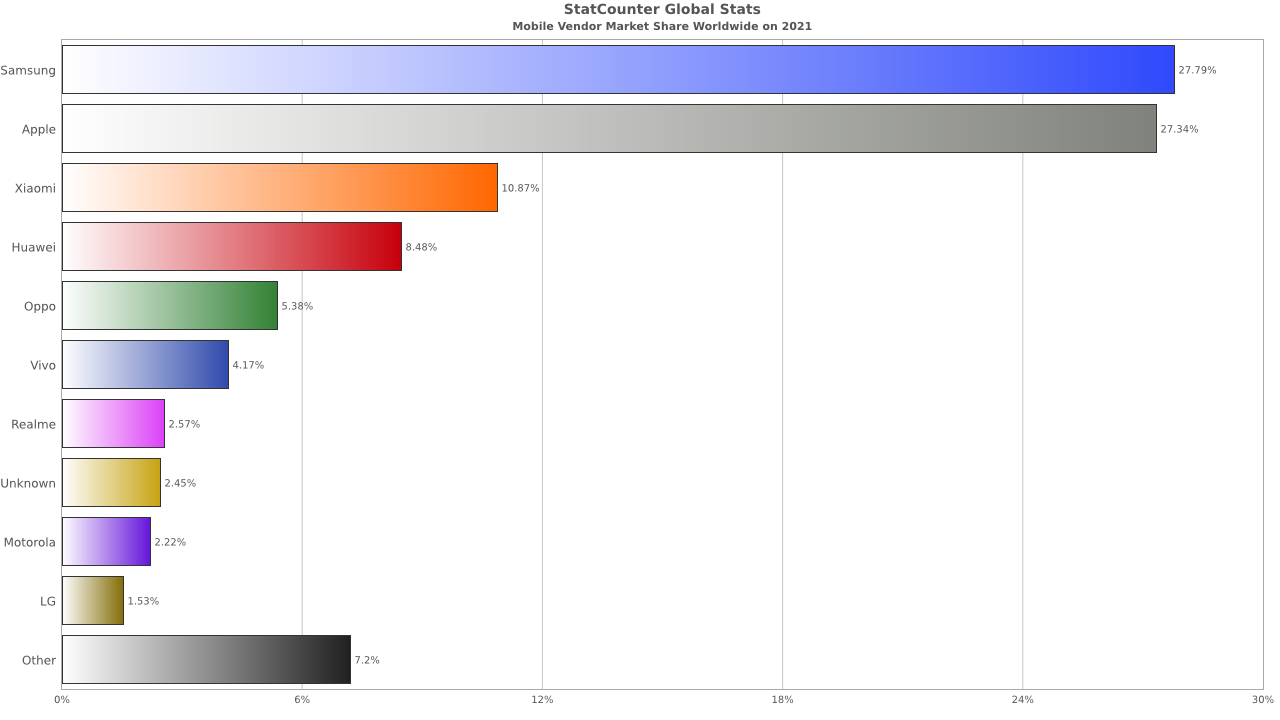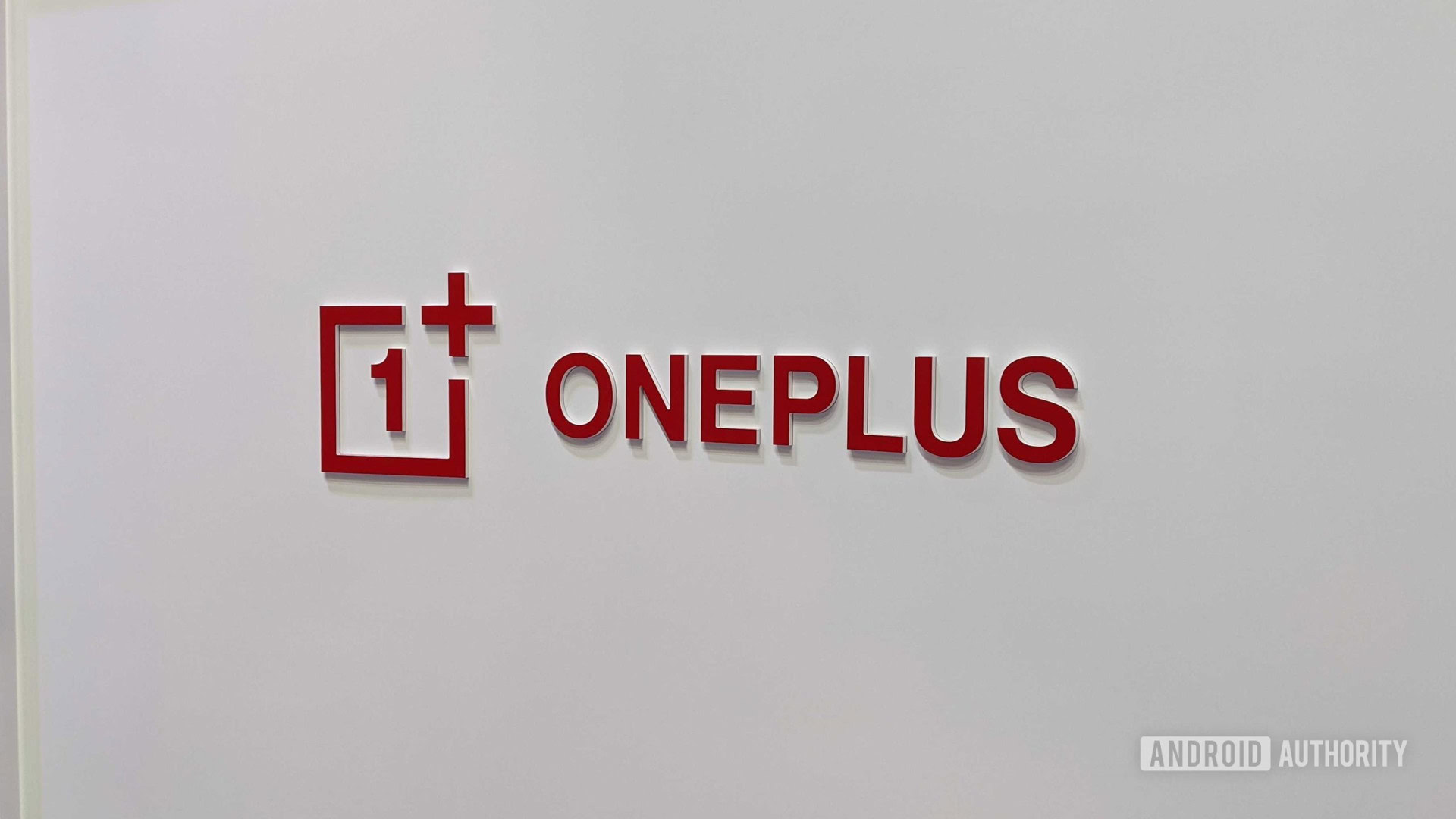Affiliate links on Android Authority may earn us a commission. Learn more.
On its road to success, BBK is leaving OnePlus behind
March 12, 2022

At Mobile World Congress 2022, I was on my way to a meeting with OnePlus to get some hands-on time with the global edition of the OnePlus 10 Pro. Searching for the company’s booth on the map, I found there wasn’t one. Instead, OnePlus’ booth was built into OPPO’s, which is the largest of the BBK brands.
Required reading: Who is BBK, one of the largest phone manufacturers?
This makes sense, considering the whole OnePlus 2.0 thing, which is OnePlus’ cute name for its merger with OPPO. However, when I arrived at the booth, I was astonished to see just how little of the floor OnePlus occupied. If the whole OPPO booth was a one-bedroom apartment, OnePlus’ section would have been a closet.
To add insult to injury, OPPO was showing off tons of really cool stuff. Its new flagship OPPO Find X5 Pro was there, obviously, but so were both 150W and 240W chargers. There was a foldable phone (the Find N), virtual reality, and about a dozen employees with OPPO shirts running around to help journalists and answer questions.
As you can see in the image above, OnePlus had some pretty nifty backpacks. Yes…backpacks.
It’s clear that, of the big BBK brands, OnePlus has become — or is at least becoming — an afterthought.
A trip down memory lane

Despite its tiny size, the OnePlus MWC booth did have some considerable content. On the backside of the booth, OnePlus lined up all its major flagships since its inception. You could walk the line from the OnePlus One (shown above) all the way to the OnePlus 9 Pro. If you turned the corner, you’d find the OnePlus 10 Pro.
Seeing all those phones in a line really sent home just how amazing OnePlus was. The One was obviously a revelation. The whole “Flagship Killer” push shook up the industry and it will forever be a benchmark for smartphone design and value.
OnePlus showed off its history and its significant contributions to the mobile landscape.
Likewise, the OnePlus 3T looked incredible nestled right near the OnePlus 5. The OnePlus 7 Pro — which is probably the company at its peak — still wowed me when I picked it up for the first time in a long while.
There was nothing like this in the OPPO portion of the booth. Despite its massive size within the BBK brands, OPPO doesn’t have the rich history of OnePlus. There were never pleas online for invite codes to buy an OPPO phone. The Times Square T-Mobile store didn’t see a queue of hundreds just to be the first to buy a OnePlus 6T. I mean, the r/OnePlus subreddit has 221,000 members, while the r/OPPO subreddit has just 6,800.
Despite all this, it’s clear that BBK is ready to move on from the Little Brand That Could.
realme is the star now

The old adage “numbers don’t lie” rings pretty true for the various BBK brands. Although only OPPO is in the top five smartphone brands globally, the sixth- and seventh-largest brands by market share are also BBK properties: vivo and realme. When you combine OPPO’s, vivo’s, and realme’s market shares in 2021, you find that BBK is bigger than Xiaomi.
Check out the chart below:

Obviously, OnePlus gets lumped into the “other” category. The brand just isn’t large enough to make a dent. Even LG, which exited the smartphone game entirely in mid-2021, still ended the year with 1.53% of the market. That means OnePlus has less than 1.53% of the global market.
Of the BBK brands, realme is now the shining star. The company is launching new products at a relentless pace. Phones, tablets, laptops, earbuds — it’s just throwing things at the wall to see what sticks, and a lot of it is sticking. The strategy stands in stark contrast to the early days of OnePlus, which saw it launching just one or two carefully selected smartphones a year.
OnePlus has years on realme. OnePlus launched in 2013 while realme launched five years later in 2018. Yet, from 2018 to 2021, realme has grabbed 2.57% of the smartphone market. It doesn’t take a genius to see why BBK is shifting focus away from OnePlus.
OnePlus: Now the least sexy of the BBK brands

OnePlus does have an ace up its sleeve: the fact that it is the only property within the BBK brands to have mindshare and a footprint in the United States. Even OPPO, the world’s fifth-largest smartphone brand, doesn’t sell smartphones here. This would appear to be something that would make OnePlus a huge priority.
However, in the grand scheme of things, that isn’t doing OnePlus too many favors. LG, Motorola, and even HTCtried long and hard to break up the Samsung/Apple duopoly in the US, but it didn’t work. OnePlus showed a valiant effort by getting partnerships with T-Mobile and Verizon, but that doesn’t appear to have made too much of a difference. In the case of Verizon, the company doesn’t even sell OnePlus phones anymore.
Continued reading: The rise and fall of Oxygen OS
Sadly, this is likely one of the big reasons we’re seeing OnePlus pivot away from premium flagships and into budget and mid-rangers, at least in the US. The company has found it can’t compete with Samsung and Apple, but it can carve out a niche in the affordable segment. Of course, a company with a focus on very unsexy budget phones isn’t going to get its own booth at MWC.
OnePlus once had it all. It had a legion of devoted fans, a status as an industry disruptor, and a years-long winning streak when it comes to smartphone launches. Now, though, it’s become a footnote within BBK. But hey, at least it has some sweet backpacks.
Thank you for being part of our community. Read our Comment Policy before posting.